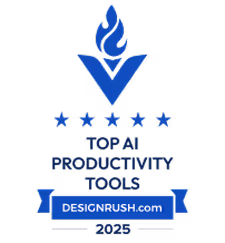Analytics Glossary
Types of Analytics: Complete Overview
.png)
Data plays a central role in how companies plan, operate, and measure progress, and analytics helps to turn that data into insights that drive actions across the organization. In the following sections we will outline the four principal types of data analytics - descriptive, diagnostic, predictive and prescriptive, together with a few other important categories, and examine how each supports different business needs.
What is Data Analytics?
Data analytics involves collecting, preparing, and examining information so teams can understand patterns and make informed decisions. It turns scattered inputs into structured insight that explains what’s happening within a business. Once the data is organized and interpreted, it becomes a reliable guide for understanding performance, spotting shifts, and planning next steps.
There are four core categories that shape most analytics work. Descriptive analytics focuses on past activity. Diagnostic analytics uncovers the reasons behind that activity. Predictive analytics estimates what’s likely to occur. Prescriptive analytics outlines possible actions that can improve future outcomes. Beyond these, there are other useful approaches such as enterprise analytics, augmented analytics, self-service analytics, and Exploratory Data Analysis. These expand how people interact with data and support different levels of analysis across an organization.
Descriptive Analytics
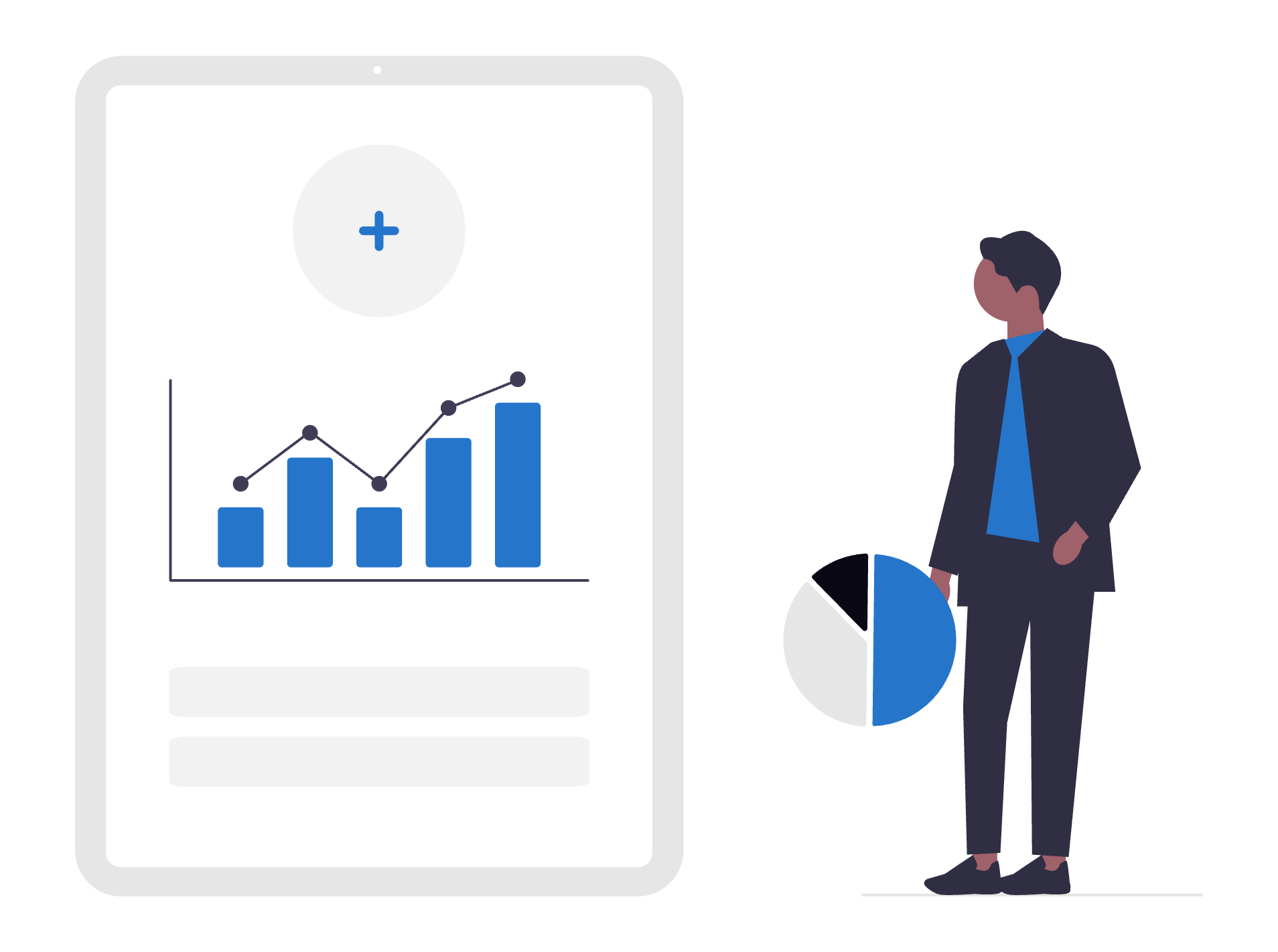
Descriptive analytics answers a straightforward question, “What happened?”. It focuses on past data and organizes it into summaries that show trends, volumes, and performance patterns. In a supply chain context, this might look like a report that outlines last month’s order counts, delivery performance, and inventory positions across different locations. It provides a clear picture of previous activity and establishes the foundation for any further analysis.
Descriptive analytics addresses the need for a clear view of past activity. It helps teams understand performance by laying out the volumes, timelines, and patterns behind their operations. This baseline allows organisations to see where things are shifting and where a deeper investigation might be needed.
Benefits of descriptive analytics
- Clearer visibility into business performance: Teams can see how processes, products, or operations behaved over a specific period, which helps them understand baseline conditions before making changes
- Better reporting and communication: Standardized summaries and visuals give stakeholders a consistent view of past activity, which supports alignment and smoother decision-making across teams.
The descriptive analytics workflow
- Define the problem with precision: Set a clear question or outcome so the analysis stays focused and relevant.
- Gather the right data: Pull information from reliable sources and ensure it aligns with the issue at hand.
- Clean and prepare the data: Resolve missing values, fix inconsistencies, and structure the dataset so it’s ready for accurate review.
- Analyze for trends and patterns: Examine the processed data to spot movements, shifts, and meaningful relationships.
- Share insights clearly: Present the findings in a format people can understand, and Lumi to turn complex information into interactive visuals that support better decisions.
- Track progress and improve: Monitor results over time and refine the approach as new information or performance shifts emerge.
Diagnostic Analytics

Diagnostic analytics answers the question, “Why did this happen?”. It takes the summaries from descriptive analytics and digs into the underlying causes. If a supply chain team saw recurring late deliveries in their initial reports, diagnostic analysis would look deeper into carrier performance, route constraints, staffing gaps, or upstream delays to pinpoint what’s driving the issue. It moves past the surface and looks for evidence that explains the pattern.
This type of analysis addresses the root causes, relationships, and contributing factors behind an outcome. It helps teams move beyond the surface and understand the mechanisms at work, which leads to more grounded and effective decisions.
Benefits of diagnostic analytics
- Deeper understanding of root causes: Teams can pinpoint why certain outcomes occurred, allowing them to address underlying issues rather than just surface-level effects.
- Improved decision-making: By revealing the factors that drive performance, diagnostic analytics helps organisations make more informed choices and reduce the likelihood of repeating past mistakes.
Types and techniques of diagnostic analytics
- Hypothesis testing: This technique evaluates assumptions about the relationships between variables to determine whether observed patterns are statistically significant.
- Root cause analysis: This method identifies the underlying factors that contribute to a problem or unexpected outcome.
- Anomaly detection: This approach detects data points or trends that deviate significantly from expected patterns, signaling potential issues.
- Correlation analysis: This analysis measures the strength and direction of relationships between variables to uncover connections that may explain outcomes.
- Diagnostic regression analysis: This method applies regression models to quantify the impact of one or more variables on a specific outcome, helping isolate key drivers.
The diagnostic analytics workflow
- Problem definition: Establish a clear and specific question or issue to guide the analysis and maintain focus.
- Data collection: Compile relevant datasets from multiple sources that can illuminate factors contributing to the observed outcomes.
- Data cleaning and preparation: Standardize, structure, and resolve inconsistencies or missing values to ensure data quality and reliability.
- Data exploration and hypothesis formulation: Examine the data to identify patterns, correlations, and potential explanations, forming testable hypotheses.
- Applying diagnostic techniques: Employ methods such as root-cause analysis, correlation studies, or drill-down analysis to investigate contributing factors.
- Validation and interpretation: Confirm the accuracy and reliability of findings, ensuring insights reflect true drivers rather than random patterns.
- Actionable insights and decision-making: Present findings in a structured format that supports informed decisions and highlights areas for intervention.
- Monitoring and continuous improvement: Track outcomes over time, refine processes, and adjust strategies based on new data to enhance performance and prevent recurring issues.
Predictive Analytics

Predictive analytics answers the question, “What’s likely to happen next?” It uses historical data, statistical models, and machine learning techniques to forecast future outcomes. After identifying past delivery delays and their causes, a supply chain team can use predictive analytics to estimate which shipments are at risk of being late in the coming weeks, allowing teams to anticipate disruptions and plan corrective actions in advance.
Predictive analytics addresses the need to anticipate future trends and risks. It helps organisations prepare for likely scenarios, allocate resources effectively, and make proactive decisions rather than reacting to events after they occur.
Benefits of predictive analytics
- Improved forecasting and planning: By anticipating future outcomes, organisations can optimise inventory, staffing, and resource allocation to reduce risk and increase efficiency.
- Proactive decision-making: Predictive insights allow teams to identify potential issues or opportunities before they occur, enabling timely interventions that enhance performance and competitiveness.
Techniques of predictive analytics
- Regression models: These models estimate the relationship between variables to predict continuous outcomes based on historical data.
- Classification models: This approach categorizes data into predefined groups to forecast discrete outcomes or events.
- Time-series models: These models analyze sequential data over time to identify trends, seasonality, and future patterns.
- Clustering models: This technique groups similar data points together to detect patterns and segment populations for predictive purposes.
- Neural networks: These algorithms simulate interconnected layers of nodes to model complex relationships and make accurate predictions.
- Reinforcement learning: This method trains models to make a sequence of decisions by rewarding actions that lead to desirable outcomes.
- Ensemble methods: These combine multiple predictive models to improve accuracy and reduce the risk of overfitting.
- Deep learning with transformers: This advanced technique uses attention mechanisms to handle large, complex datasets, enabling high-precision predictions in areas like supply chain demand or customer behaviour.
Prescriptive Analytics
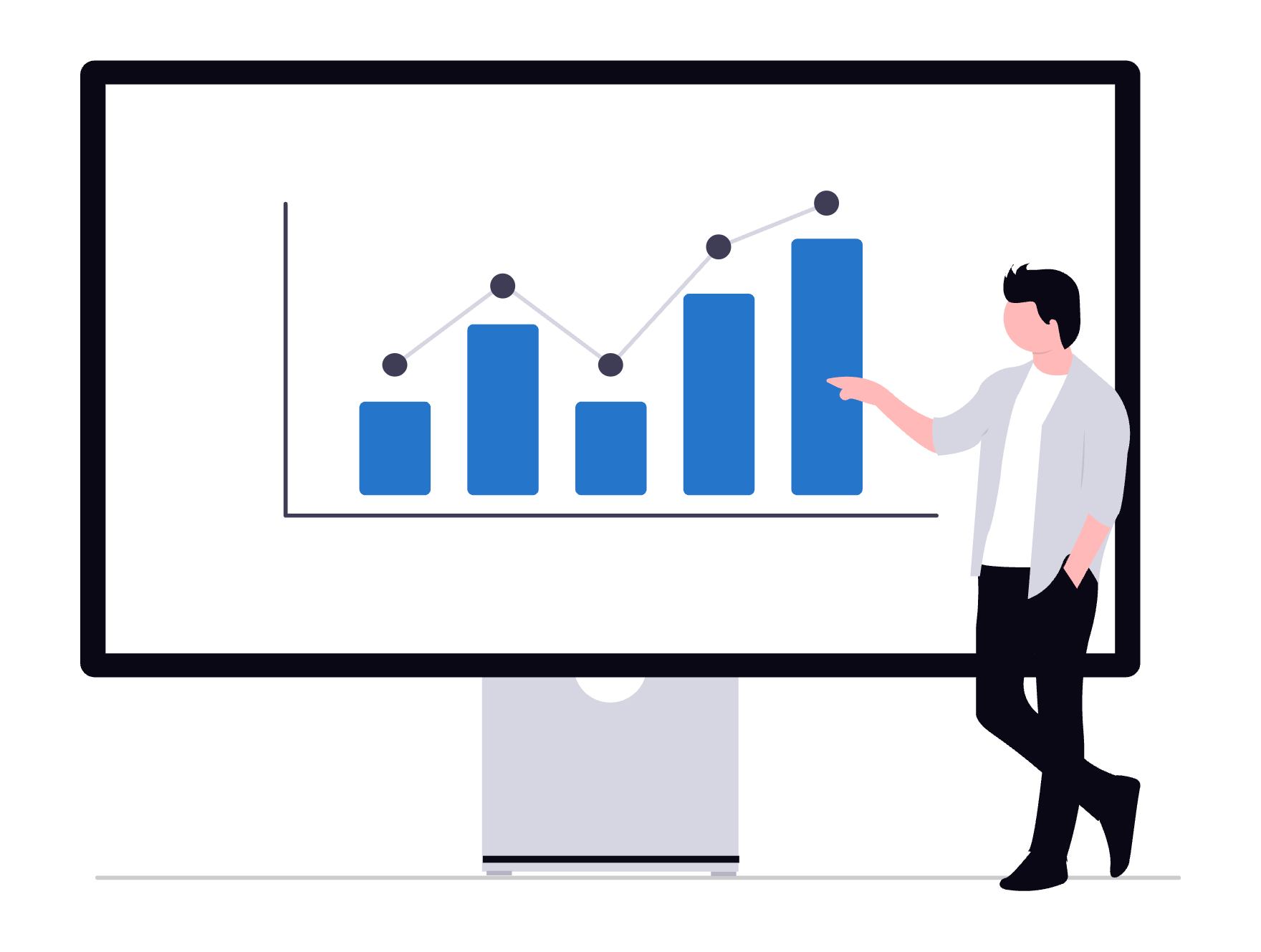
Prescriptive analytics answers the question, “What should we do about it?” It goes beyond describing past events or predicting future outcomes by recommending specific actions to achieve desired results. In the supply chain context, after identifying late deliveries and predicting future risks, prescriptive analytics can suggest optimized routing, inventory adjustments, or alternative suppliers to prevent disruptions and improve overall efficiency.
Prescriptive analytics addresses the need to convert insights into actionable strategies. It helps organisations decide the best course of action, allocate resources effectively, and implement solutions that drive measurable improvements.
Benefits of prescriptive analytics
- Optimized decision-making: By providing actionable recommendations, prescriptive analytics enables teams to select the most effective strategies and interventions.
- Increased operational efficiency: It helps organisations implement solutions that reduce waste, prevent disruptions, and improve overall performance.
Techniques of prescriptive analytics
- Optimization algorithms: These methods determine the best possible solution from a set of alternatives based on defined constraints and objectives.
- Simulation modeling: This approach creates virtual scenarios to test different strategies and predict the outcomes of various decisions before implementation.
The prescriptive analytics workflow
- Identify high-impact decision areas: Determine the business processes or decisions where improved actions can generate the greatest value.
- Gather relevant operational & predictive data: Collect historical and predictive datasets to inform model development and ensure decisions are evidence-based.
- Define objectives & constraints: Specify the goals to achieve and the limitations or rules that must be respected within the decision-making process.
- Build optimization or decision models: Develop models that recommend the best actions based on objectives, constraints, and available data.
- Validate via pilot projects: Test the models on a smaller scale to confirm their effectiveness and refine parameters before full deployment.
- Automate and scale through an AI platform: Integrate validated models into operational workflows to enable consistent, real-time recommendations across the organisation.
- Continuously monitor and improve: Track outcomes, adjust models as conditions change, and enhance processes over time to maintain optimal performance.
Beyond these four main categories, data analytics has several specialized approaches that address different business needs. They are: enterprise analytics, augmented analytics, self-service analytics, and Exploratory Data Analysis. These approaches complement descriptive, diagnostic, predictive, and prescriptive analytics by expanding how data can be analyzed and applied.
Enterprise Analytics
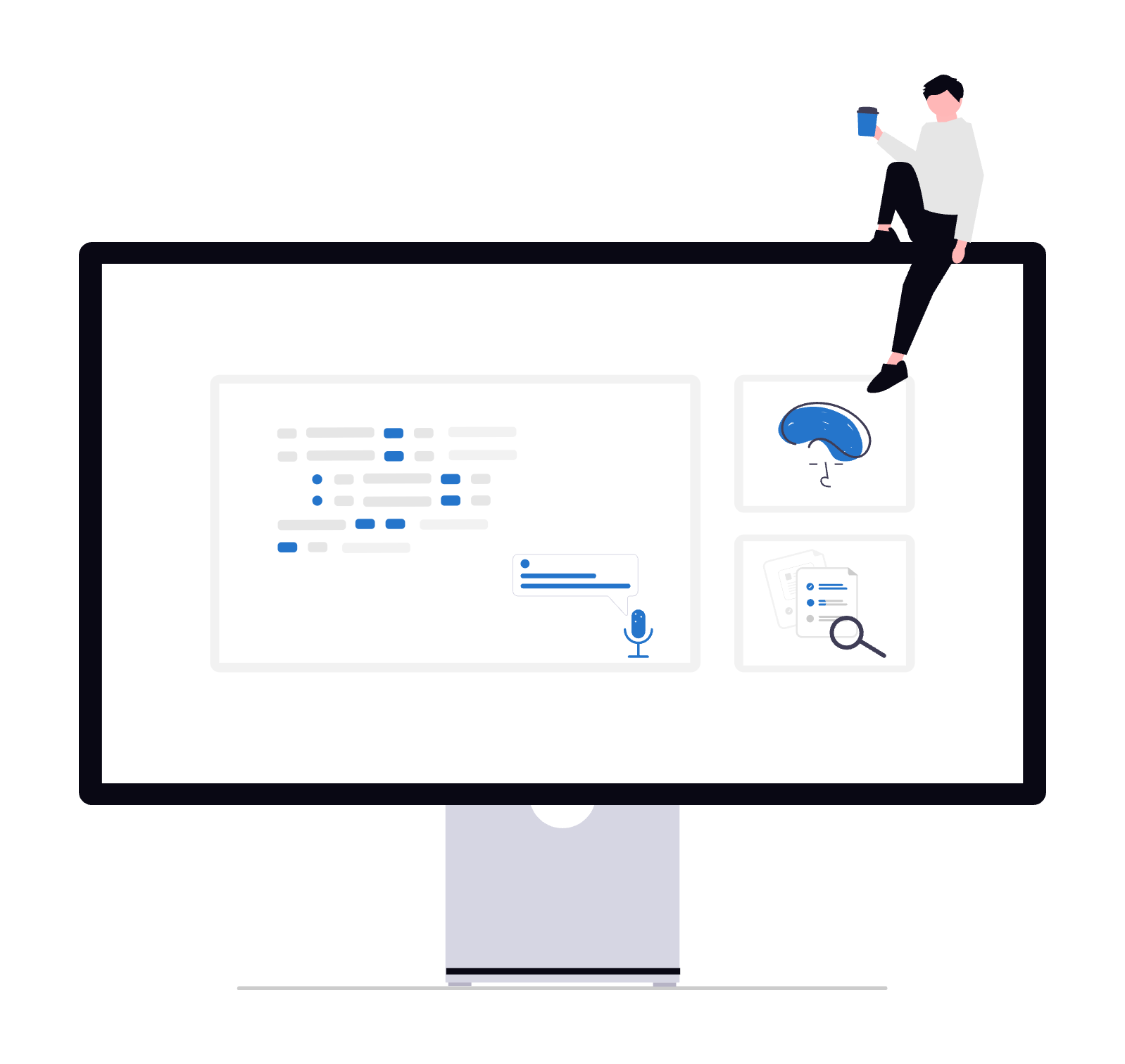
Enterprise analytics is the practice of collecting, integrating, and analyzing data across an entire organization to provide a unified view of operations and performance. For example, a supply chain team can consolidate order, shipment, and inventory data from multiple warehouses and suppliers to identify inefficiencies, monitor overall performance, and coordinate actions across locations.
Enterprise analytics addresses the need for organization-wide visibility and alignment. It enables stakeholders to understand interdependencies, track performance comprehensively, and make decisions that consider the full operational picture rather than isolated segments.
An effective enterprise analytics framework is built on four key components. The first, data integration, brings together information from various applications, databases, and external sources into a unified system. Next, visualization converts these combined datasets into interactive dashboards and reports, highlighting trends and relationships across the organization. Predictive modeling uses statistical techniques and machine learning on both historical and live data to identify patterns and anticipate potential challenges or opportunities. Data governance then establishes consistent standards and controls throughout the data lifecycle, ensuring accuracy, compliance, and trustworthiness.
Benefits of enterprise analytics
- Holistic organizational insight: It provides a unified view across departments, enabling leaders to understand interdependencies and make decisions that consider the full operational picture.
- Improved coordination and efficiency: By consolidating data and standardizing reporting, enterprise analytics helps teams align actions, reduce redundancies, and respond more quickly to opportunities or challenges.
Augmented Analytics
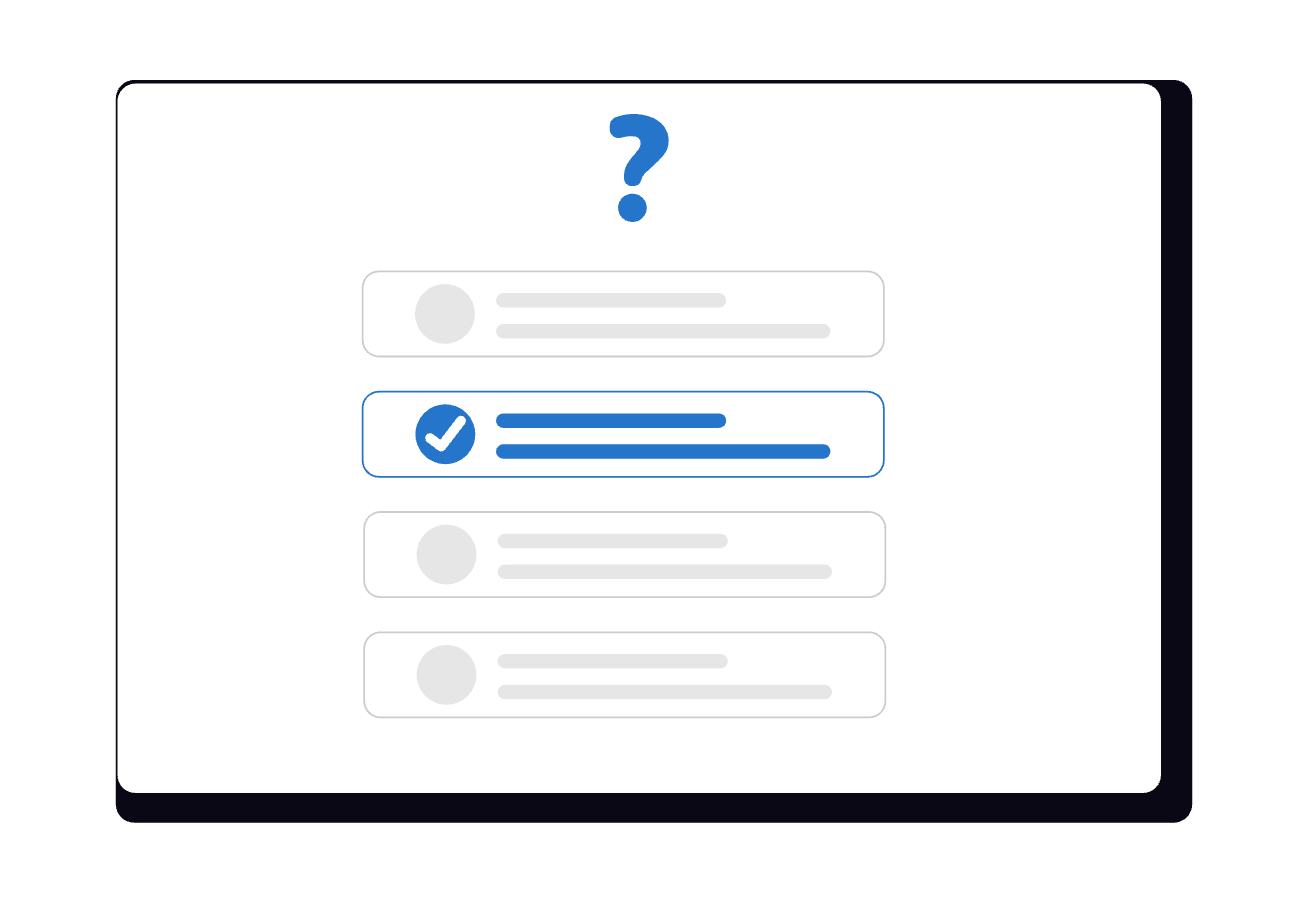
Augmented analytics combines artificial intelligence, machine learning, and automation to help organizations analyze data faster and more efficiently. For instance, a supply chain team can use augmented analytics to automatically highlight unusual shipment patterns, flag potential delays, and surface insights from large volumes of inventory and order data without manually sifting through spreadsheets.
Augmented analytics addresses the need to accelerate insight generation and reduce reliance on manual analysis. It allows teams to identify trends, anomalies, and opportunities quickly, even when data is complex or distributed across multiple systems.
While both augmented and prescriptive analytics aim to support decision-making, they differ in focus. Augmented analytics emphasizes discovering insights automatically and making them easier to interpret, often providing explanations and visualizations. Prescriptive analytics goes a step further by recommending specific actions or strategies based on those insights, guiding teams on what to do next rather than just highlighting patterns or anomalies.
Lumi plays a central role in enabling effective augmented analytics by streamlining data exploration and insight generation. Its Metametrics feature automates the validation and summarization of datasets, reducing the time spent on manual checks. Chat 2.0 allows teams to query data in plain language, making complex analysis more intuitive and accessible. Lumi’s Human Verification also adds a layer of oversight, ensuring that all AI-generated insights are accurate, accountable, and trustworthy.
Benefits of augmented analytics
- Faster insight generation: By automating data preparation and analysis, it allows teams to uncover trends and anomalies more quickly than manual methods.
- Enhanced accessibility for non-technical users: Augmented analytics makes complex datasets easier to understand, enabling broader participation in data-driven decision-making across the organization.
Self-service Analytics

Self-service analytics empowers users across an organization to access, explore, and analyze data without needing advanced technical skills or support from IT teams. For example, a supply chain manager can independently examine inventory levels, track shipments, and evaluate supplier performance using interactive dashboards, quickly identifying trends or potential bottlenecks without waiting for manual reports.
Self-service analytics addresses the need for faster, more flexible data access. It enables teams to make timely decisions, test hypotheses, and respond to operational challenges without relying on centralized analytics resources.
Benefits of self-service analytics
- Faster decision-making: Teams can access and analyze data directly, reducing delays caused by reliance on IT or analytics specialists.
- Empowered users: Non-technical staff can explore datasets, generate insights, and answer operational questions independently, increasing agility and accountability across the organization.
Exploratory Data Analysis (EDA)
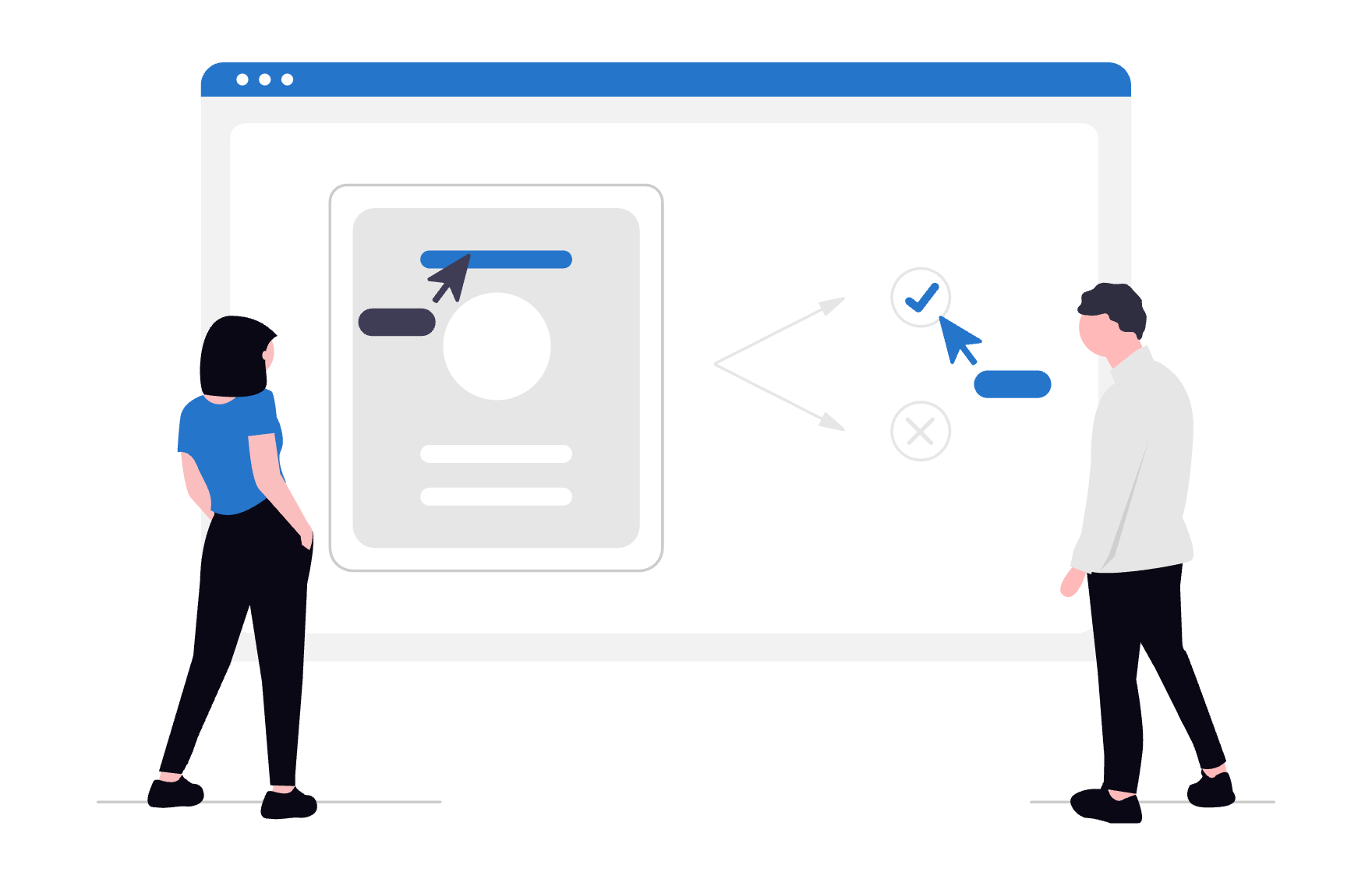
Exploratory Data Analysis (EDA) is the process of examining datasets to uncover patterns, relationships, or anomalies without having a specific hypothesis in mind. For instance, a supply chain analyst might perform data exploration on historical shipment and inventory records to detect unexpected trends, seasonal fluctuations, or irregular supplier performance that weren’t previously apparent. This approach helps surface insights that can inform further analysis or operational improvements.
Exploratory Data Analysis addresses the need to understand and probe unfamiliar datasets. It allows teams to identify key variables, generate hypotheses, and uncover hidden patterns that guide deeper investigation or data-driven decision-making.
Benefits of Exploratory Data Analysis
- Uncover hidden patterns: Exploratory data analysis helps reveal trends, correlations, and anomalies that might not be immediately obvious, providing a foundation for deeper analysis.
- Supports informed hypothesis generation: By exploring data freely, teams can identify key variables and relationships that guide more focused, evidence-based investigations.
Tools and techniques of Exploratory Data Analysis
- Descriptive statistics: This approach summarizes datasets using measures such as mean, median, variance, and standard deviation to provide a clear overview of central tendencies and variability.
- Visual analysis: This technique uses charts, graphs, and plots to reveal patterns, trends, and anomalies that may not be evident from raw data alone.
- Correlation and covariance: This method evaluates the strength and direction of relationships between variables to identify potential associations and dependencies.
- Dimensionality reduction: This technique simplifies large datasets by reducing the number of variables while preserving essential information, making patterns easier to detect.
- Outlier detection: This approach identifies data points that deviate significantly from the norm, highlighting potential errors or noteworthy anomalies for further investigation.
The Exploratory Data Analysis workflow
- Data collection & cleaning: This step compiles relevant datasets and addresses inconsistencies, missing values, and errors to ensure the data is accurate and reliable.
- Initial profiling: This process examines the structure, distributions, and key characteristics of the data to provide a foundational understanding.
- Visual exploration: This step uses charts, graphs, and plots to reveal patterns, trends, and anomalies that may not be evident in raw data.
- Hypothesis generation: Insights from the data are used to propose potential explanations or relationships for further testing.
- Feature transformation: Variables are modified, combined, or scaled to highlight meaningful patterns and improve analysis.
- Iterate & document insights: Findings are refined through repeated exploration and systematically recorded to support informed decision-making and future analyses.
Overview of the Types of Analytics and Their Core Distinctions
The Role of Lumi in Enabling Effective Data Analytics
The different types of data analytics - descriptive, diagnostic, predictive, prescriptive, enterprise, augmented, self-service, and exploratory, together provide organizations with a structured approach to understand past performance, anticipate future outcomes, and guide informed decisions. Each type answers distinct questions and supports specific business needs, from summarizing historical trends to recommending actionable strategies, helping teams move from basic reporting to advanced, evidence-driven decision-making. Applying the right type of analytics at the right stage ensures that insights are both comprehensive and actionable across all areas of operations.
Lumi plays a pivotal role in enabling effective data analytics by providing a unified, self-service environment that allows teams to explore, analyze, and visualize data independently. It integrates data from multiple sources, streamlines complex workflows, and supports collaboration across departments, making insights more accessible and actionable. By combining automation, advanced analytics, and oversight, Lumi ensures that organizations can generate reliable, timely, and actionable insights, improving decision-making and operational efficiency at every level.
Discover how Lumi AI can enable your organization to analyze data efficiently and make informed decisions. Book a demo today!
Related articles
The New Standard for Enterprise Analytics
Make Better, Faster Decisions.


.png)

